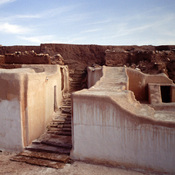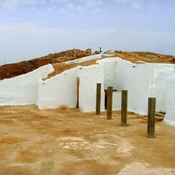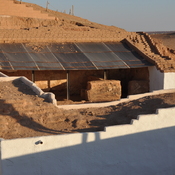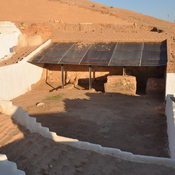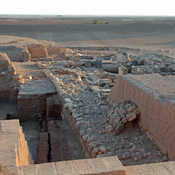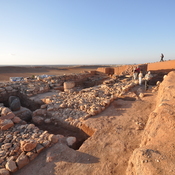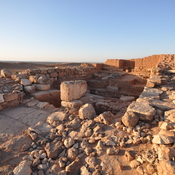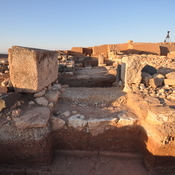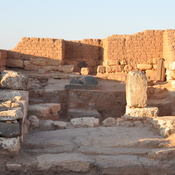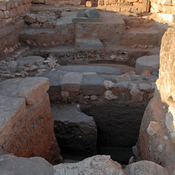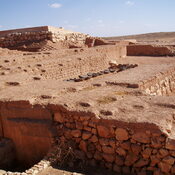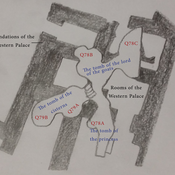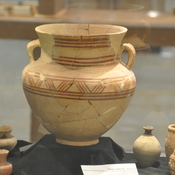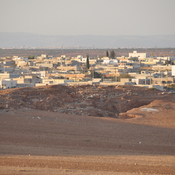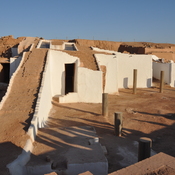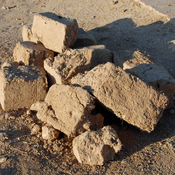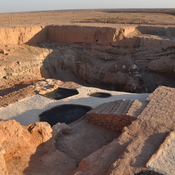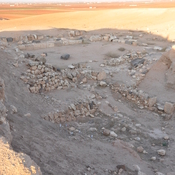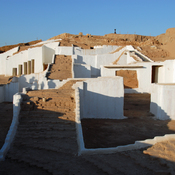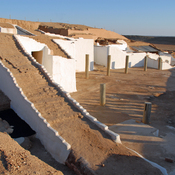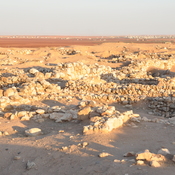Es gibt noch keine deutschsprachige Anmerkungen. Präsentiert wirden Anmerkungen auf English.
The royal called G4 found in the Palce G [2400-2300] was unearthed badly damaged and without a skeleton. Paolo Matthie1 dates it to dates to the reign of king Isar-Damu2 [archive period]. According to Davide Nadali it was plundered, never used or built as cenotaph3.
Referenzen
- ↑Paolo Matthie, "The Royal Palace. Functions of the Quarters and the Government of the Chora". In Matthiae, Paolo; Marchetti, Nicolò. Ebla and its Landscape: Early State Formation in the Ancient Near East. Left Coast Press 2013, p. 53
- ↑William J. Hamblin. Warfare in the Ancient Near East to 1600 BC. Holy Warriors at the Dawn of History, Routledge 2006, p. 239.
- ↑Davide Nadali, Envisioning the Past Through Memories: How Memory Shaped Ancient Near Eastern Societies, Bloomsbury Publishing 2016, p. 56nn
The royal called G4 found in the Palce G [2400-2300] was unearthed badly damaged and without a skeleton. Paolo Matthie1 dates it to dates to the reign of king Isar-Damu2 [archive period]. According to Davide Nadali it was plundered, never used or built as cenotaph3.
Referenzen
- ↑Paolo Matthie, "The Royal Palace. Functions of the Quarters and the Government of the Chora". In Matthiae, Paolo; Marchetti, Nicolò. Ebla and its Landscape: Early State Formation in the Ancient Near East. Left Coast Press 2013, p. 53
- ↑William J. Hamblin. Warfare in the Ancient Near East to 1600 BC. Holy Warriors at the Dawn of History, Routledge 2006, p. 239.
- ↑Davide Nadali, Envisioning the Past Through Memories: How Memory Shaped Ancient Near Eastern Societies, Bloomsbury Publishing 2016, p. 56nn

